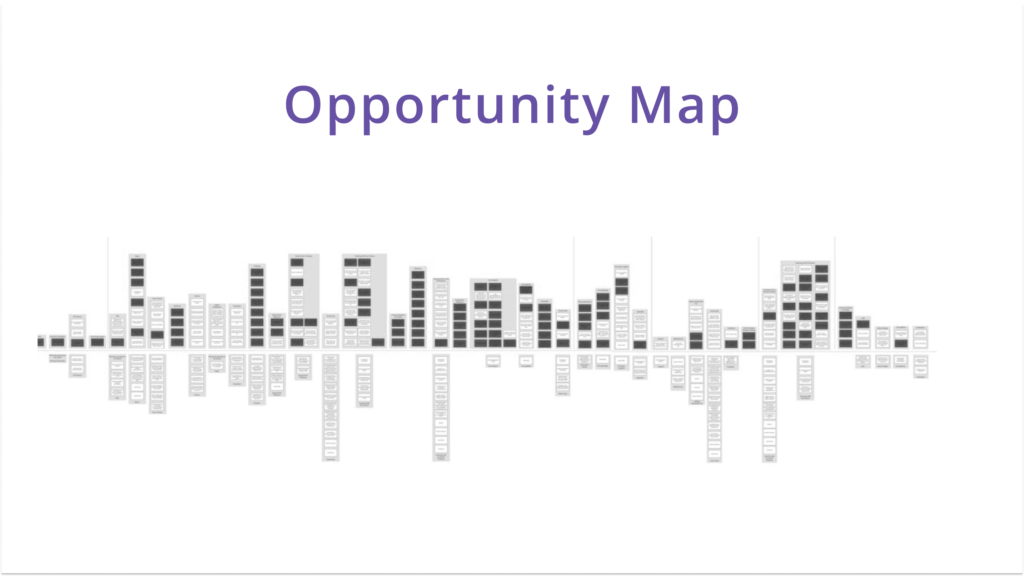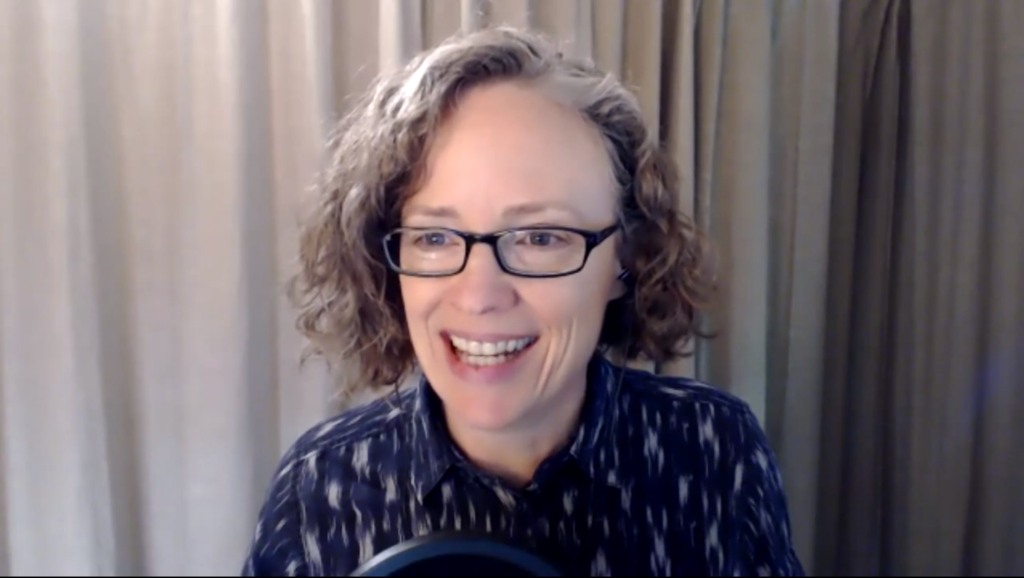
Climb the right hills
Get Indi’s help to map out the problem space around you intend to support, and focus on opportunity areas with the most impact.
Strategic Impact Research
We can help your teams transform their intent into strategic impact. Here are a few ways in which teams use opportunity maps:
1. Gap Analysis
The difference between approaches and your orgs capabilities
2. Risk mitigation
Verify that solutions are aligned to people
3. Diversification
More closely align design possibilities to the nuances of the different thinking styles
4. Consolidation
Consolidate existing research into one overview
5. Consensus building
Clarify positioning and prioritization
6. Content strategy
Content mapping of a proposed solution
7. Untapped opportunities
Widen knowledge of the possibilities in the problem space
8. Stronger Metrics
Tune your metrics to how well you support a thinking style, per tower in the mental model diagram.
How we build opportunity maps
Each time we conduct a study, it includes 5 participants per behavioral audience segment, focused on a certain purpose. You can start small and aggregate over time. We begin the engagement with a discussion of the scope of research, to make sure we frame it in a non-solution-focused manner. Then we go conduct the research, giving you updates each Monday as work proceeds. We can give you transcripts of the listening sessions about halfway through, and then we deliver the mental model diagram and/or the behavioral audience segments, depending on what you’re after. We conclude with collaborative working sessions where we discuss insights, actions, and next steps with you and your stakeholders.

Examples of the application of Opportunity Maps and Thinking Styles →
[cmc_testimonials page=”Consulting”]
Coaching appointments
You may not be ready for a full fledged coaching. But, if during your work there are questions that come up you can get in touch, by booking an appointment. These are working sessions, where I will help you find out stuff.

